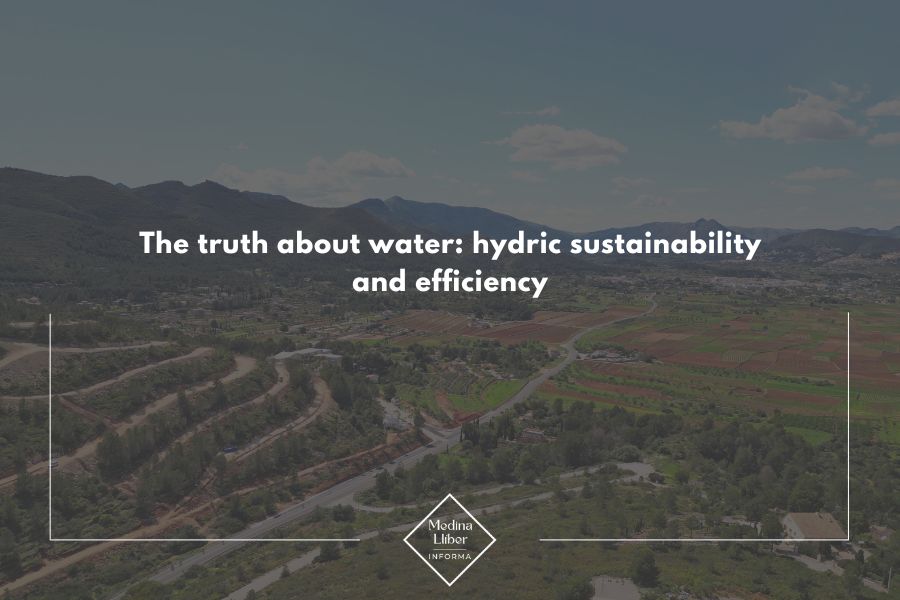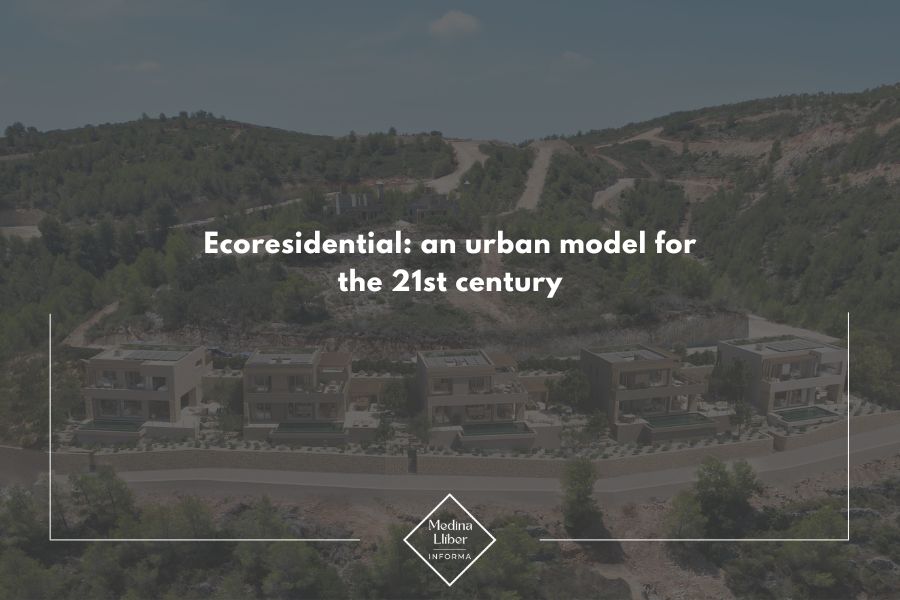In recent months, some critics have oversimplified the Medina Llíber PAI by calling it “488 villas with 488 pools.” Nothing could be further from the truth. The plan has been designed as a sustainable, low-density eco-residential development that combines different housing types, extensive green spaces, services, and amenities designed for community living.
Housing typologies
The Medina Llíber PAI covers a total area of 406,213 m², with an orderly, low-density layout that includes both single-family villas and apartments, offering options that adapt to different lifestyles. From homes surrounded by nature for those seeking privacy to more practical and connected apartments — all under one concept: sustainability and quality of life.
- 276 single-family homes
- 132 apartments
- Municipal land reserved for the construction of 80 apartments
Green and recreational spaces
One of the cornerstones of the project is its green areas, designed for walking, relaxing, and enjoying the natural surroundings. Far from being private, these spaces will be open to everyone — residents and visitors alike — strengthening the integration of the eco-residential development into the life of Llíber and the Vall de Pop.
Services and facilities for all
The plan goes beyond housing: it includes areas for services, a hotel zone, and facilities that will boost the municipality’s economic activity and tourism appeal. These spaces will be open to the entire community, bringing dynamism and new opportunities to Llíber and its surroundings.
Community and shared living
The Medina Llíber PAI is designed to foster a true sense of community. It will feature a social club with sports and wellness facilities, community gardens that revive local agricultural traditions, and an exclusive residents’ app to promote participation in activities, events, and cultural initiatives.
Low density, far from a large-scale urbanisation
The residential density of the Medina Llíber PAI is approximately 12 homes per hectare — far below the 40 to 60 homes per hectare typical of large urbanisations.
This approach follows an extensive and eco-residential model, where the priority is landscape integration, respect for the environment, and the creation of high-quality living spaces.
An eco-residential project with a sustainable vision
The project incorporates concrete measures that reinforce its sustainable and responsible nature, such as xeriscaping with native plants to reduce water consumption, rainwater collection tanks, solar gardens for residential lighting, community recycling points, and fibre optic infrastructure to support remote working.



